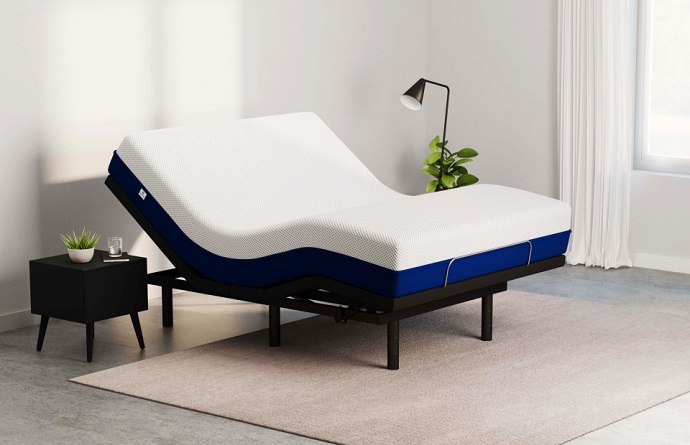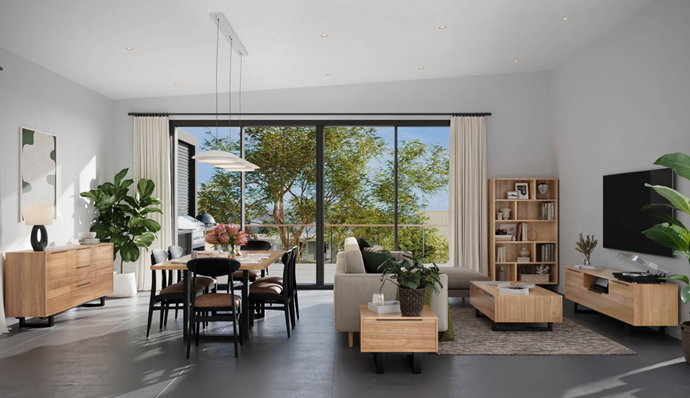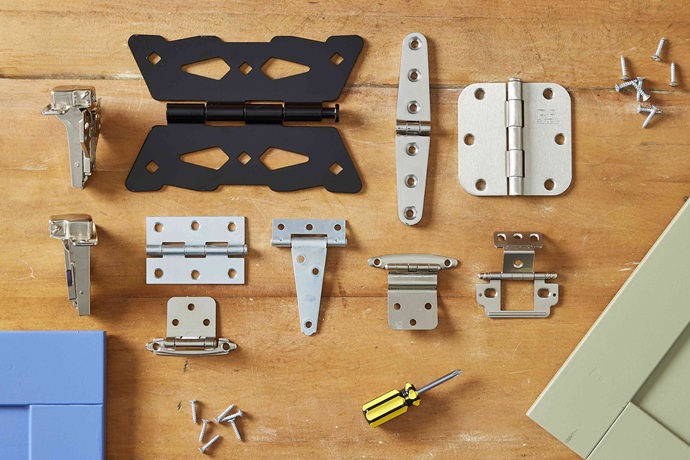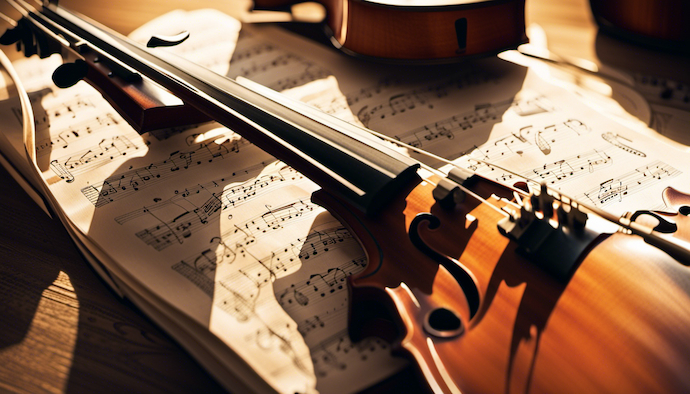You bought yourself a DSLR camera and right after unpacking it from the box got intimidated by the variety of dials, buttons, accessories and the size of the manual, so you simply gave in to the temptation to put the manual down, flick it onto ‘Auto’ and started shooting. Well, that’s certainly not what DSLR cameras where designed for. And although you may be fine with sticking to the “Auto” option for a while in the beginning, sooner or later you’ll crave the creative side that inspired you to buy a DSLR in the first place. But how do you find your way around it and where do you begin? Time to take over control.

Master the Shooting Modes
The best part to begin exploring the options of DSLR cameras is the shooting modes. They are most likely to be found on a dial and are labelled with ‘Tv, Av, M, P, auto’ and perhaps more. Choosing a mode has a role in determining how your DSLR will behave once you press the shutter. For instance, if you select ‘auto’, the camera will decide on the exposure, the shutter speed as well as the aperture. If you choose one of the other modes however, it’s you who fully has the control.
Understand ISO
ISO is the measure of the level of sensitivity of a camera’s sensor to light. ISO sensitivity is represented with numbers starting from ISO 100 (low sensitivity) up to ISO 6400 (high sensitivity). It controls the amount of light that the sensor requires in order to achieve a certain exposure. Consequently, at ‘low’ sensitivities, more light is needed to achieve a certain level of exposure, while less of it is required for the same purpose at high sensitivities.
Find Focus
Regardless of the type of shooting mode you are using as well as the ISO you define, there will be cases you will want to put a certain subject of your image in focus. If that focus is not achieved, your photo will not turn out to be the way you wanted it in the first place. DSLR cameras have a variety of autofocus modes, nevertheless, for the sake of keeping things simple, the two most important for you to know and understand when to use are AF-C and AF-S.
The “Exposure Triangle”
Bear in mind that shutter speed, aperture and ISO constitute the ‘exposure triangle’. All of them control either the amount of light that the camera requires for a certain exposure or the amount of light that enters the camera (shutter speed, aperture). All of them are linked, therefore, a change in just one of the settings will have an impact on the other two. Understanding their relationship is vital for having control over your camera.





















